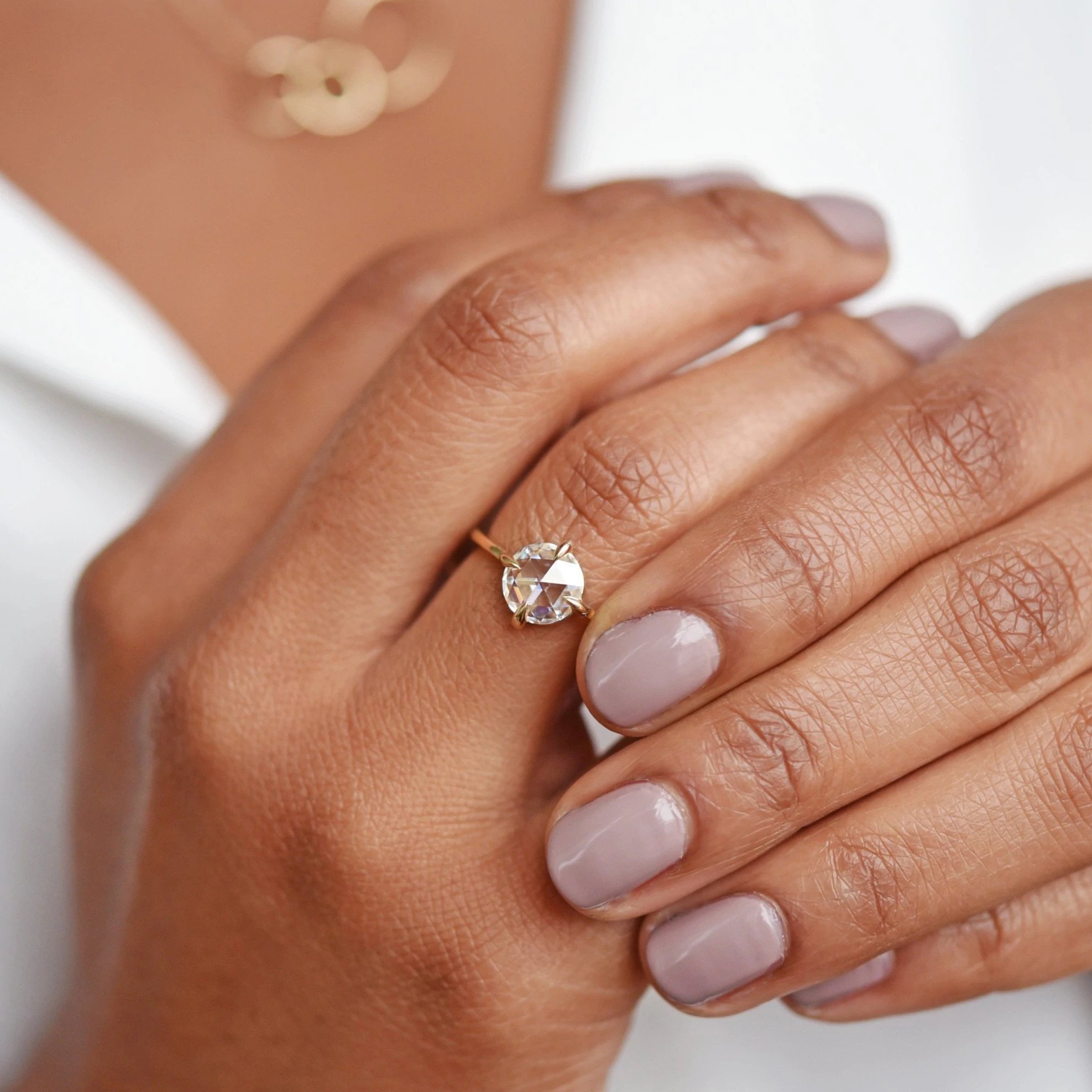Rock Stars: The Koh-i-noor Diamond
This week we’re paying homage to some of the world’s most famous (read: biggest, sparkliest, spendiest, most coveted) stones. Grab your loupe and join us for a closer look at these historic gems.
Photo credit: @valeriemadisonjewelry
The literal crown jewel
You may not have heard of the Koh-i-noor diamond before, but you’re likely to hear its name a lot more. A recent announcement from England’s Queen Elizabeth II gave the royal stamp of approval for Camilla, Duchess of Cornwall and wife of Prince Charles, to assume the title of queen consort when Charles becomes king. The occasion will be marked with a coronation, during which the duchess will have The Queen Mother’s Crown placed on her head.
Picture credit: @practicalgemologist
The news stirs up an age-old controversy, and we don’t mean the affair that marked the beginning of Charles and Camilla’s relationship (though there has been plenty of recent coverage of that, too). The contention surrounds the Koh-i-noor, the centerpiece of the Queen Mother’s Crown. Weighing in at a whopping 105.6 carats, the Koh-i-noor is one of the largest cut diamonds in the world, though not the largest in the Crown Jewels (that honor belongs to the Cullinan I, the 530.2 carat diamond set in the Sovereign’s Sceptre). But it’s the Kohi-noor’s sordid history that outshines the other royal treasures.
Meaning, appropriately, “Mountain of Light,” the Koh-i-noor’s origins—where exactly it came from, and when—are lost to history, but the first written record of it appeared in 1628, when a chronicler in the court of Mughal ruler Shah Jahan noted the Koh-i-Noor set, in pride of place, in the shah’s jewel-encrusted throne (believed to have cost four times more than the Taj Mahal…nbd). This first recorded appearance also helps locate the stone’s origins in India, the only source of diamonds in the world until 1725.
A century later, the Koh-i-noor (along with the entire throne in which it was set) passed into the hands of Persian ruler Nader Shah. The diamond, which some say is cursed, has followed a bloodstained trail of royal and imperial conquest ever since, including an execution by coronation with molten gold (anyone for Game of Thrones?).
In 1813, the Koh-i-noor returned briefly to India in the hands of Sikh ruler Ranjit Singh, who attached to the stone a mystique of power and potency—and made it an object of irresistible desire to the colonizing Brits. In 1849, the diamond was “officially” handed over to the British, though it was done so by force, and at the hands of a ruler who was then only 10 years old. The British royal family have been the stewards of the Koh-i-noor ever since.
With a history of contentious ownership, the royal family may be the only ones with the power to decide the rightful owner of the Koh-i-noor and what happens to it next. But everyone who sees the gemstone can admire it for its rare beauty, as people all over the world have done for centuries. And while you’re not likely to get your hands on a diamond this large, or famous, or rare, we can recommend a few royally gorgeous pieces, inspired by the Koh-i-noor, that are worthy of your own treasure trove. (Bonus: they’re not cursed).









Editor: Samantha Durbin
Wordsmith: Rebecca Daly
Every item featured is personally selected by our writers and editors (read: we're totally into it). Please know that when you buy through our links, we may earn an affiliate commission (read: we get to keep doing what we love).



